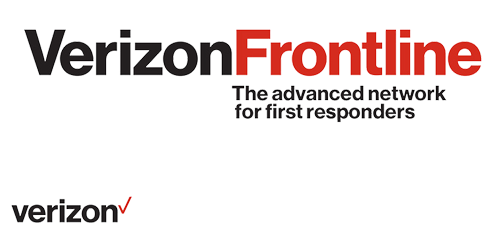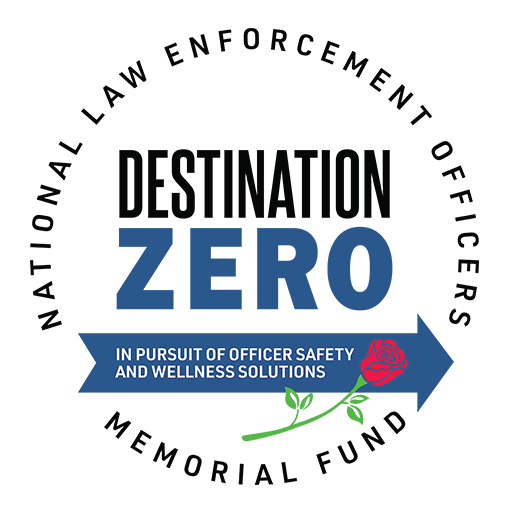It Starts at the Top
There are several strategies used by agencies to encourage employee participation and achieve overall success in implementation. A key element that has been evident across the board is that programs or initiatives must be completely supported by the head of the organization.
Without exception, the most successful programs were ones that were top down. The idea for a program and its focus does not have to come from the Sheriff or Chief, but their endorsement is critical, as is their overt support. There is nothing more motivational than seeing your agency head leading an exercise, teaching a class, or publically touting your agency’s particular program.
The role of the agency leadership is vital in not only recognizing the need, but proactively reinforcing the program and in allowing employees the latitude to make the program work. The cost will always be a factor, but innovation and drive that is lead and nourished can make all the difference in the success or failure of a safety and wellness initiative.
In several winning and finalist programs, the Sheriff or Chief of that organization was intimately involved, dedicated time and resources to the program and often lead by example helping to change their agency culture.
Embracing Technology and Keeping up with Trends
A strong component of several of the successful programs examined was the use of technology to effectively market a program and to monitor the success of participating employees. Getting your program’s information out to the next generation of law enforcement officers is best done through digital and social media. Posters hung in department hallways are still effective. But building eye-popping website content dedicated to your agency’s program allows you to demonstrate how the program works and provides the participant immediate access to information and resources. The use of a website or intranet is an ideal platform to send updates, and announce upcoming events such as health screenings or new classes. The Tulsa (OK) Police Department created their “TPDFIT” website, with different workouts and offerings.
The use of technology helps manage costs and employee participation. Software programs, such as the one employed by the Harford County (MD) Sheriff’s Office for their FITKIK program, monitors participant’s active hours and steps, measures several components of a participant’s activity, and provides quick feedback on employee achievement compared to their overall goal. While there is an initial cost of purchasing the monitoring “Pebbles” and the software, it is easy to use and track numerous employees simultaneously.
Technology was also employed to monitor deputies’ vehicular speeds. This electronic monitoring of speed was crucial in the Yolo County (CA) Sheriff’s reduction in crashes and in their success in slowing deputies down.
Tied to the use of available technology is the importance of keeping information fresh and on par with trends that are occurring in society. Several finalist fitness programs included timely dissemination of updated information. They all incorporated new workout regimens and offered classes in different types of exercise. One agency offers a wide variety of options such as Zumba, kettle bell, CrossFit, and High-Intensity Training. These offerings go beyond the usual exercise routines that police departments usually embrace.
Thinking Outside the Box
In order for many programs and initiatives to be successful, they were often unique in design and approach. Many agencies stepped outside their normal role and worked hand-in-hand with their local government to negotiate lower health care insurance premiums for participating members who fulfilled certain requirements. Others recognized that not every officer and employee is the same and created separate fitness tracks to bolster participation. And another agency created an entirely new position to monitor exposure to hazardous material and manage overall scene safety.
Executives and agency heads must be nimble and work to find pioneering ways to address areas of concern. The notion of shared resources across agencies is currently being tested, as a peer mentoring program has been instituted in a mid-western county encompassing six separate law enforcement agencies that all share the peer mentoring resource.
Incentives
The use of incentives in rewarding employees for their participation has proven successful, particularly in fitness programs. They’ve deployed the carrot and stick approach to get employees healthy. Some agencies have mandatory fitness programs that, through the use of the stick, keep their employees at a certain level of fitness. Other agencies cannot support a mandatory fitness requirement and must resort to the carrot. Several successful programs offer paid time off and other financial incentives for employees who reach established goals. It is important that incentives are strong enough to attract officers and employees and keep their interest. Some agencies offered a uniform ribbon and a modest amount of time off. Another offered up to three paid days off every six months when participants meet the highest standards. Some agencies incorporated employee’s safety and wellness achievements into their annual awards ceremonies, acknowledging excellence in fitness or the development of successful strategies mental health or safety.
Reaching Your Employees
It is also important to know how to maximize your outreach and reinforcement of your program goals. A little creativity in this area goes a long way. One agency found that trauma kit posters strategically placed in restroom stalls was an effective method of getting the message out and reminding officers about the importance of the kits, while listing the contents.
Similarly, safety messaging to officers in car MDCs, or voiced over police radio are constant reminders of the necessity to wear your seatbelt and slow down.
As previously mentioned, the use of technology to disseminate messaging is very effective as seen in LAPD’s “5th and Wall Street” video. Any messaging that can be viewed at roll call while you have a captive audience is another successful channel to get the word out.
For small agencies it is always best to hear directly from the agency head. This may not be possible in larger agencies, it is important to have the message delivered by the agency head whether in person or through the use of video.
Get Everyone Involved
It is also critical to be inclusive. Safety and wellness issues are not confined to the working patrol officers. Every employee and their family members should be encouraged to participate. Whether it be a fitness program, a peer counseling program or a financial health initiative it should be offered to everyone.
A program that involves not just the sworn, but the civilian and family alike has a better chance of success and endurance.
Destination Zero is made possible by



